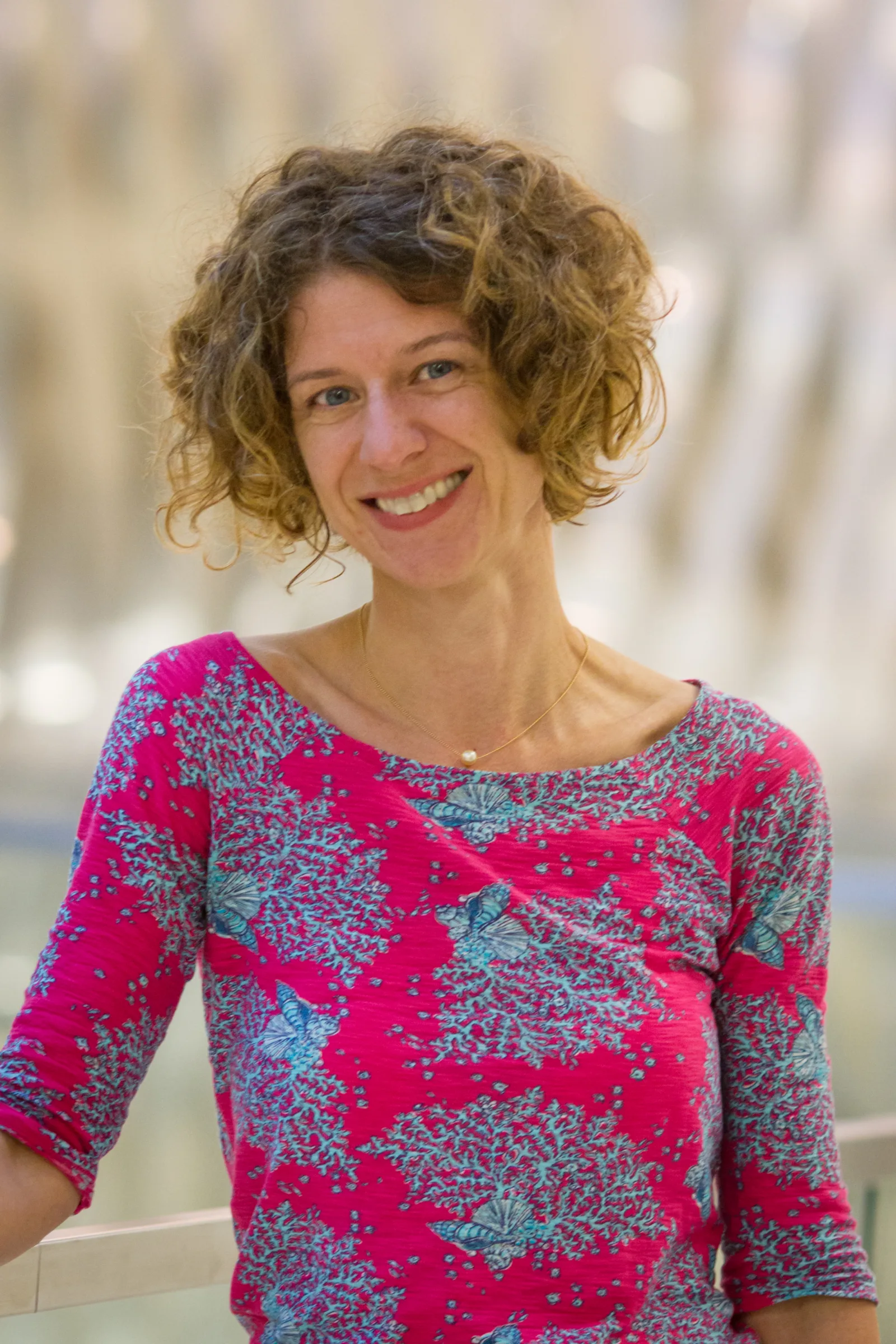Autonomous Empire, Locative Encounter: German Visual Computation c. 1450-1560
Jennifer Nelson, School of the Art Institute of Chicago
How might different orientations to Christendom and to the Holy Roman Empire condition computational interfaces in German-speaking lands in the decades surrounding the turn of the sixteenth century? In this period, marked by Ottoman military invasion of the Empire and religious schism within it, technological advances reflect elite Europeans' changing self-conception in a larger world and sacred history. Amid scientific treatises of the period, from the sparsely-diagrammed books and manuscripts of Georg Peurbach and Regiomontanus to the generously-illustrated printed books and manuscripts of Peter Apian and Georg Hartmann, two modes of visual computation appear. This workshop paper considers how one such mode, the "autonomous," developed largely in imperial contexts, like the Apian workshop in Ingolstadt sponsored by Holy Roman Emperor Charles V; the other, the "locative" mode, thrived in the workshop of Hartmann, a Lutheran vicar in Nuremberg fascinated by making objects function in distant and disparate locales. Autonomous and locative interfaces, relying differently on emergent elite practices of "art" in the period, imply different epistemologies as well as different conceptions of Europe within sacred spacetime.
Early Modern German Prints as Epistemic Warrants: From Murky Texts to Do-It-Yourself
Stephanie Leitch, Florida State University
A mid-sixteenth-century manuscript, the Liber Quodlibetarius (Erlangen UB), provides a succinct view of the range of new disciplinary contexts created by early modern prints. Repurposing images from circulating printed literature on cosmography, physiognomy, surgery, and distillation, the manuscript showcased their DIY strategies. While the category of the epistemic genre explains the common empirical thrust of otherwise unrelated genres, this manuscript's assembly of images from these how-to genres provides hard evidence for their synergy. From these images and their copies, we can track how early modern publics increasingly relied on images to cue their first-hand experience of the world.
Seminar coordinators: Diane Dillon, The Newberry Library; Walter Melion, Emory University; and Suzanne Karr Schmidt, Art Institute of Chicago. Sponsored by the Samuel H. Kress Foundation.
